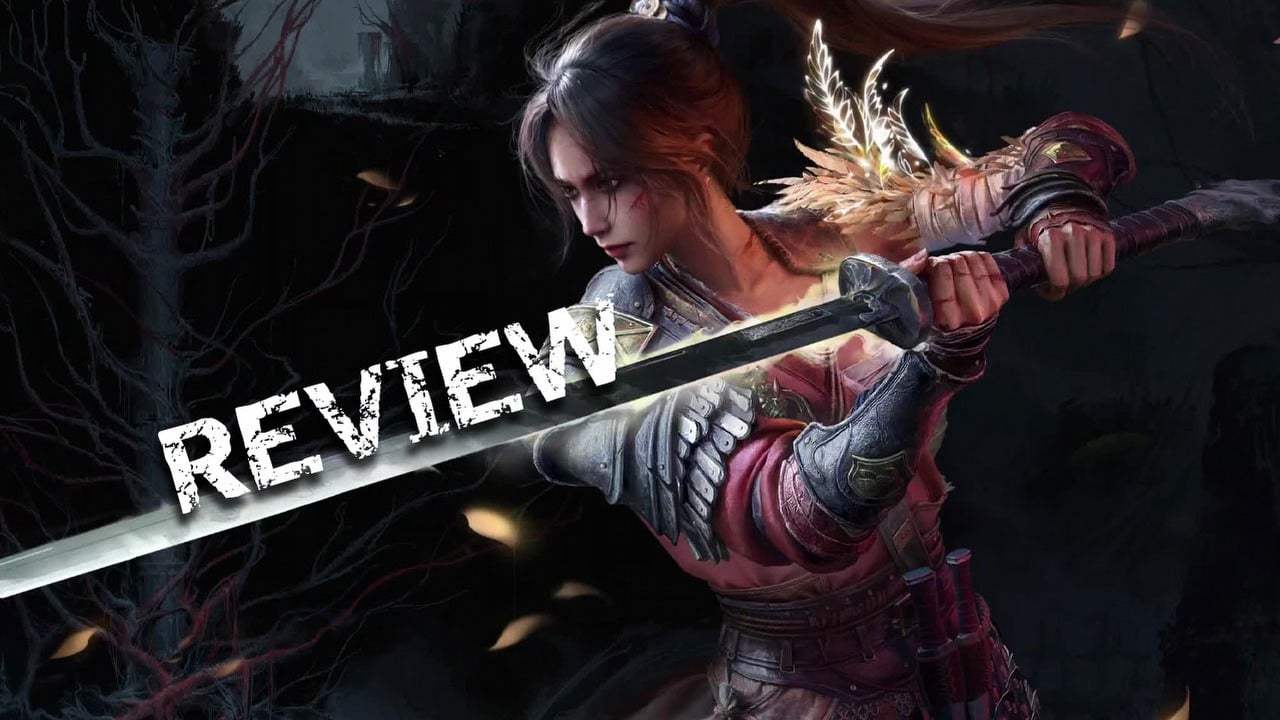
As a dedicated fan, I find myself drawn to the intricate world of “Wuchang: Fallen Feathers,” a game that honors the traditional Soulslike structure established by the legendary “Dark Souls.
Title “Wuchang: Fallen Feathers” adheres to the traditional format of “Dark Souls“, yet infuses unique aspects that establish it as a demanding and distinct game in its genre. As a Soulslike, many challenges lie within, particularly the formidable boss battles designed to compel you to decipher their attack patterns and counter them effectively. In this dance of combat, mastering the complexities of “Wuchang” is rewarded, albeit with a steep, at times recognizably vexing learning curve.
Venturing into a Cursed World
Initially, it may seem that Wuchang and Wukong are identical due to their shared Chinese origin and fictionalized depiction of ancient China. However, they diverge significantly beyond these commonalities. While Wukong weaves a fanciful tale based on the classic novel Journey to the West, Wuchang immerses you in a warped portrayal of the Sichuan region during the decline of the Ming Dynasty. The atmosphere is bleak, filled with malevolent creatures, spectral temples, and twisted remnants of architecture—more akin to a historical horror than mythical folklore.
As Bai Wuchang, a pirate warrior, you find yourself afflicted by the enigmatic Featherling, a condition that results in sprouting feathers, memory loss, and eventual transformation into a monster. Initially unaware of her past, this mystery forms the core of the game’s narrative suspense. Similar to other Soulslikes, “Wuchang” doesn’t rush to provide answers. Instead, you’ll gather information piece by piece through cryptic conversations, environmental cues, and interactions with NPCs. Initially, it may be confusing if you miss something, but over time, the puzzle pieces start falling into place.
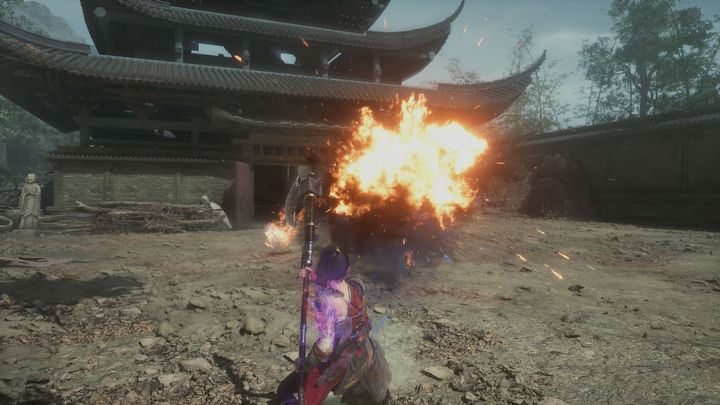
Initially, what captivated me wasn’t the narrative itself, but rather the immersive world that was on offer. This world is vast and diverse, encompassing various landscapes such as dense, misty forests, labyrinthine mines, crumbling temples, and decaying castles. Each of these environments is a breathtaking blend of beauty and desolation.
The journey through this world is filled with continuous branching paths, making it an exciting yet perilous adventure. The lack of a clear route forward adds to the thrill, but also increases the risk of getting lost. It’s quite simple to find yourself off the beaten track. Moreover, it’s just as easy to blunder into an adversary you’re unprepared for.
Currently, as the surroundings are captivating, there’s a slight disappointment with the character designs. You’ll engage in intense battles against colossal insects and grotesque mutations reminiscent of Resident Evil, yet Wuchang appears somewhat underwhelming—she could easily be a character from a free-to-play game, stylish but lacking emotional depth. Similarly, other non-player characters seem to share this issue, boasting stunning visuals but appearing lifeless. Despite the ability to customize outfits for practicality or fashion, it fails to bring your character to life.
Dancing with the Damned
In the heat of battle, it’s when the character truly shines at its best. The Featherling curse empowers your skills, and every advantage becomes crucial. You’ll face a diverse array of adversaries, from enraged marauders to terrifying monstrosities. Slashing through them with an assortment of weapons and spells feels smooth and rewarding. Once you find your stride, the combat feels incredibly engaging.
The exceptional feature is the Skyborn Might system, which offers an intriguing variation on the traditional stamina or magic structure. Unlike conventional games that use a mana bar, in this game, you accumulate points of Skyborn Might by performing actions such as skillfully evading attacks. Initially, you begin with one point, but it can be upgraded to three or more over time. Some skills consume a point while others become stronger when utilized. This mechanic introduces an engaging risk-reward aspect into combat. By staying active and dodging effectively, you can access your most powerful abilities. However, if your timing is off, you could end up in trouble. Overall, it creates a suspenseful yet consistently rewarding system.
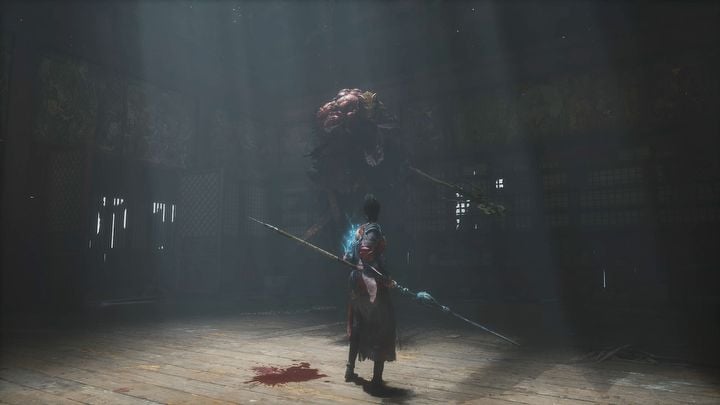
The wide range of weapons available is another significant advantage. You’ve got heavy axes for power, swift dual blades for agility, long spears for reach, and magical swords – each with its unique feel and moveset. There’s a combination of quick and strong attacks, charged abilities, special discipline maneuvers, and distinct skills. However, not every weapon can block or parry, so familiarizing yourself with your chosen style is essential. Ducking remains crucial, and understanding enemy behaviors is vital for your survival.
The Impetus Repository, resembling Final Fantasy X’s Sphere Grid, serves as the place where you acquire and tailor skills using red mercury obtained from defeated foes. Initially, it might seem overwhelming due to numerous branching paths and hidden advantages to maneuver through. However, when you discover a strategy that suits your playstyle, the system encourages persistence by rewarding you. You have the flexibility to restart everything whenever you wish, enabling you to test various character builds. Believe me, experimenting with different loadouts prior to a boss battle can be a game-changer.
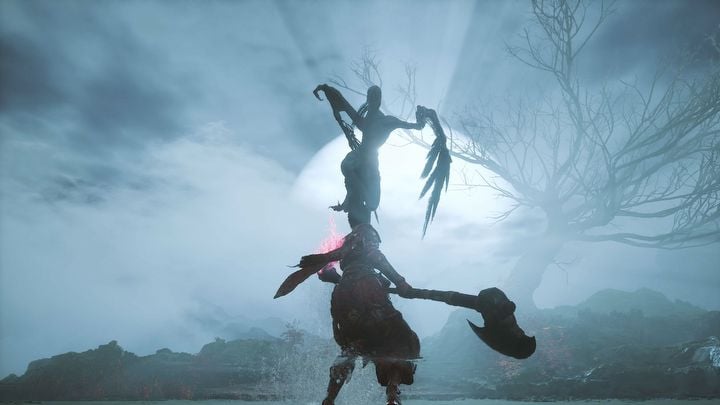
Additionally, you have the option to equip Benediction mods and Acupuncture needles onto your weapons for additional benefits such as healing, elemental damage, stat enhancements, and more. If you prefer, there’s also magic available, though I found it less effective in most boss battles due to its slower pace. Instead, opt for swift melee combinations, passive bonuses, and strategic Skyborn flurries for better results.
- Skyborn Might and combat mechanics add depth and strategy to your battles;
- madness is a fun way to play with risk and reward;
- plenty of ways to customize your character and reset your kit on the fly.
CONS:
- It follows a familiar Souslike formula in storytelling and battle progressions;
- spells are underpowered and sometimes useless in certain fights;
- character design is bland and boring.
Madness and Mercury
The gameplay in Wuchang adheres closely to the traditional Soulslike structure. At the outset, you’re equipped with essential tools, a modest inventory of restorative items, and venture into a perilous realm teeming with treacherous routes and formidable adversaries. Throughout your journey, you’ll encounter NPCs presenting optional missions – some granting you gear, others enriching the game’s backstory if you choose to interact with them. Meet your demise in combat, and you’ll lose the mercury amassed from vanquished foes. To reclaim it, you must return to where you fell and conquer the adversary that claimed your life. Quintessential gaming!
In the unique twist of Wuchang, the chaos factor comes into play. Each time you eliminate a human or meet your demise, your chaos gauge increments. When this gauge reaches its peak, both your inflicted and received damage intensify significantly. However, beware as the crimson mercury you discarded is now under the protection of your inner demon – a terrifying, nightmare-inducing manifestation of yourself that must be vanquished if you aim to reset your chaos… provided you’re willing to do so.
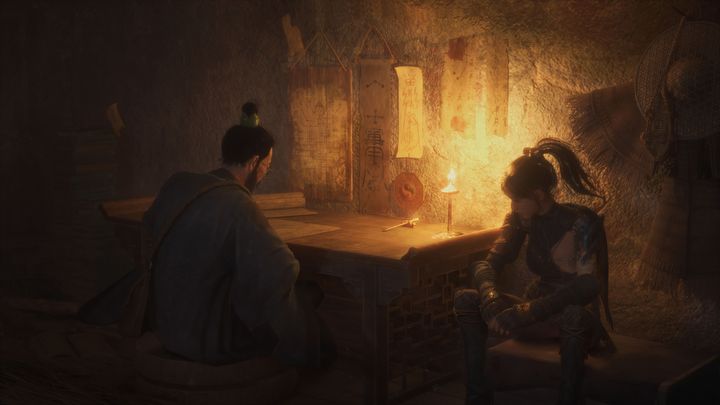
As you maintain your frenzy, you amplify your attack power and gain skills that escalate according to the level of frenzy you’ve accumulated. On the other hand, you can exploit your inner demon as a tool against challenging opponents by provoking her against them. This mechanism offers both risk and reward, making you question whether to adopt a cautious approach or embrace the turmoil for an advantage in combat, aware that it also exposes you to increased vulnerability. The decision is yours, and it’s engaging to explore the options.
Final Thoughts
In “Wuchang: Fallen Feathers,” there’s a wealth of branching paths, concealed weapons, additional missions, and optional adversaries to encounter. This game offers a substantial playing experience, typically lasting over 30 hours on your initial playthrough, with the potential for repeat play due to its customizable combat mechanics and character builds. However, upon closer inspection, you’ll find that it shares a familiar structure with games that have previously explored these themes. If you’ve delved into “Lies of P,” “Sekiro,” or “Nioh 2,” the rhythm of the game will feel quite familiar even before reaching your second sanctuary.
If you’re seeking another adventure reminiscent of Souslike, Wuchang could be your choice. Its gameplay maintains an enjoyable pace, and the emphasis on intense combat lends it a crisp, energetic vibe that genre enthusiasts will enjoy. However, if you’re expecting groundbreaking experiences or a deeply emotional narrative, Wuchang doesn’t break new ground—it rather cruises smoothly in familiar territories.
Read More
- Clash Royale Best Boss Bandit Champion decks
- Vampire’s Fall 2 redeem codes and how to use them (June 2025)
- Mobile Legends January 2026 Leaks: Upcoming new skins, heroes, events and more
- M7 Pass Event Guide: All you need to know
- Clash Royale Furnace Evolution best decks guide
- Clash of Clans January 2026: List of Weekly Events, Challenges, and Rewards
- Best Arena 9 Decks in Clast Royale
- Clash Royale Season 79 “Fire and Ice” January 2026 Update and Balance Changes
- World Eternal Online promo codes and how to use them (September 2025)
- Clash Royale Witch Evolution best decks guide
2025-07-24 15:03